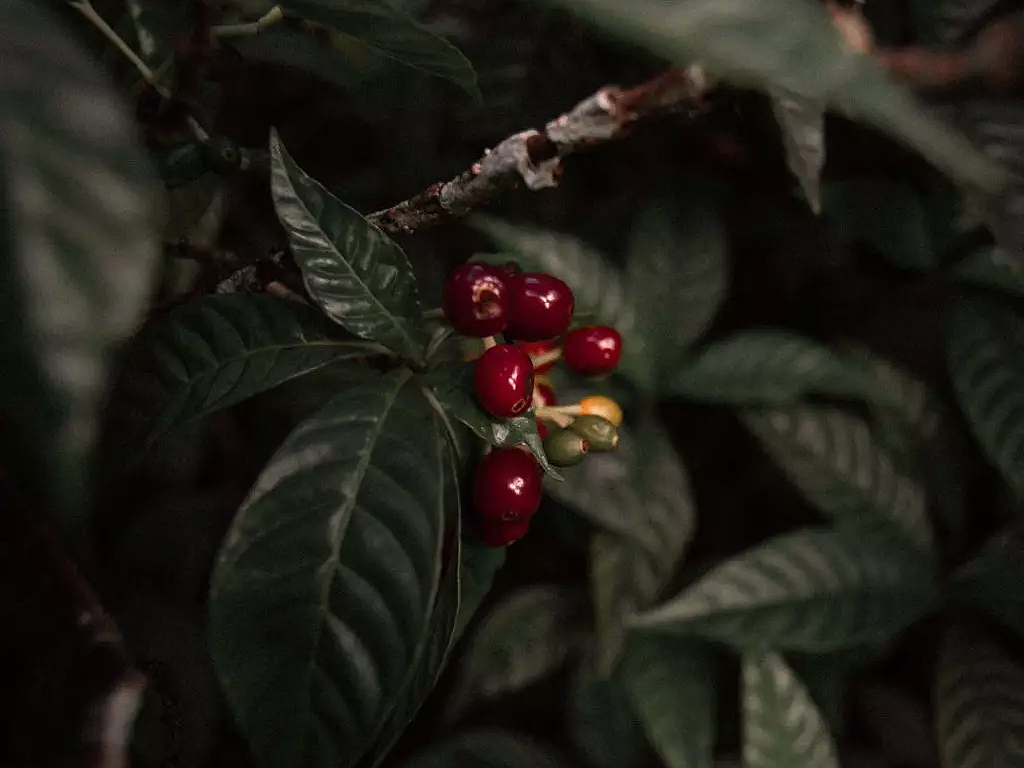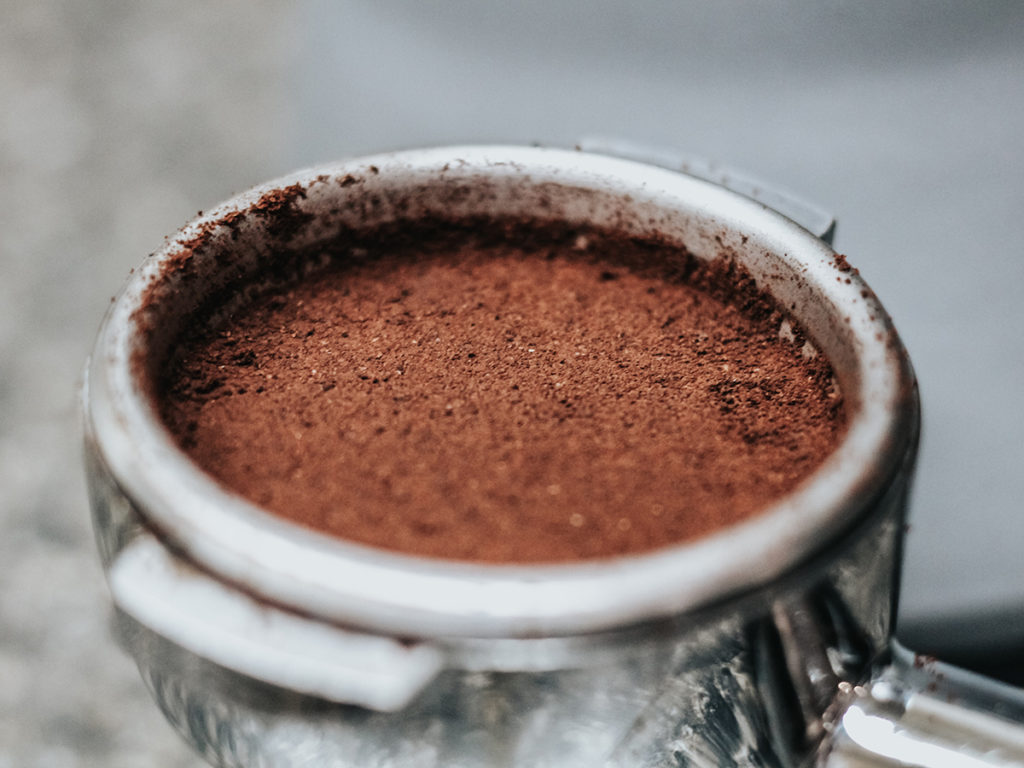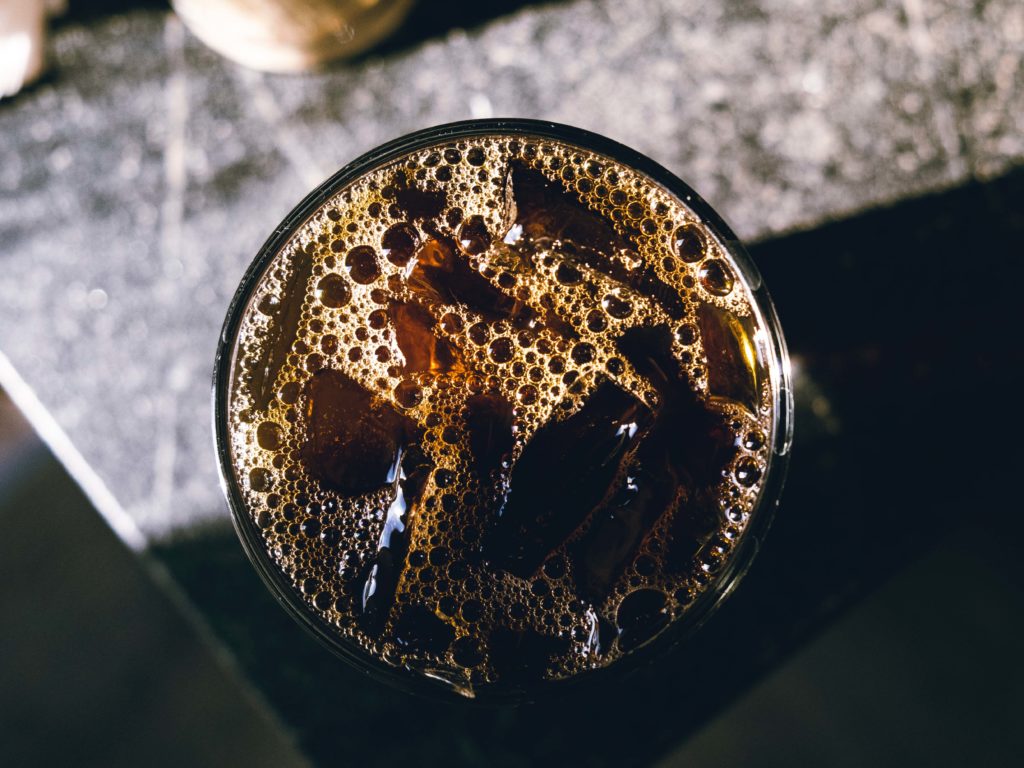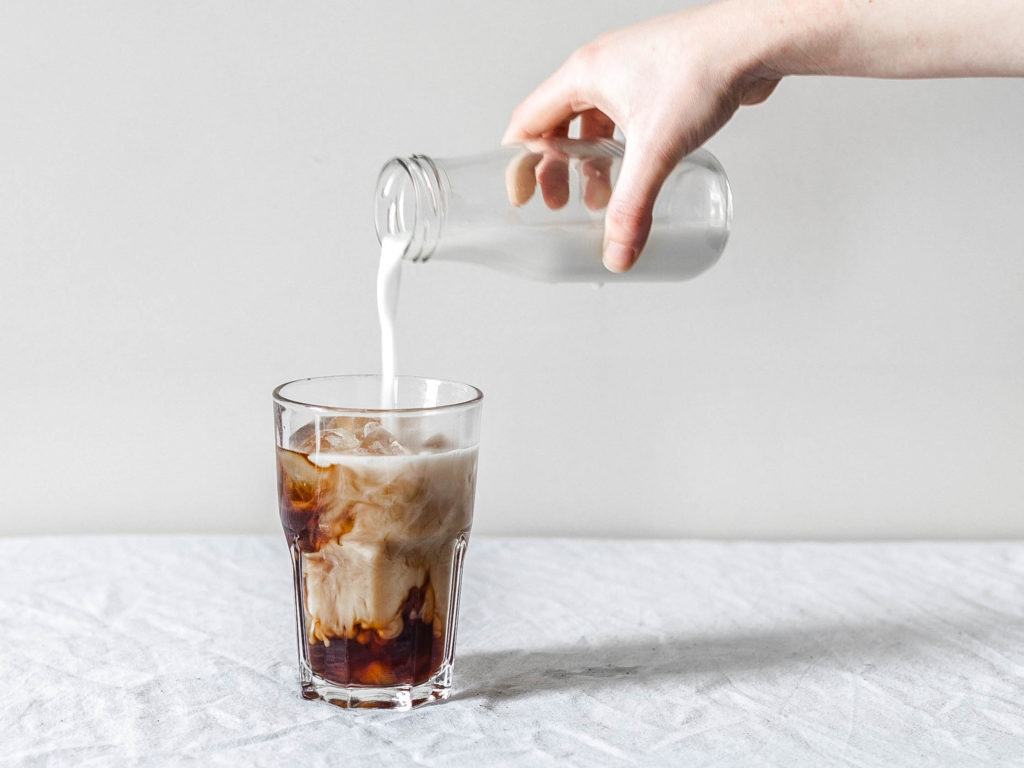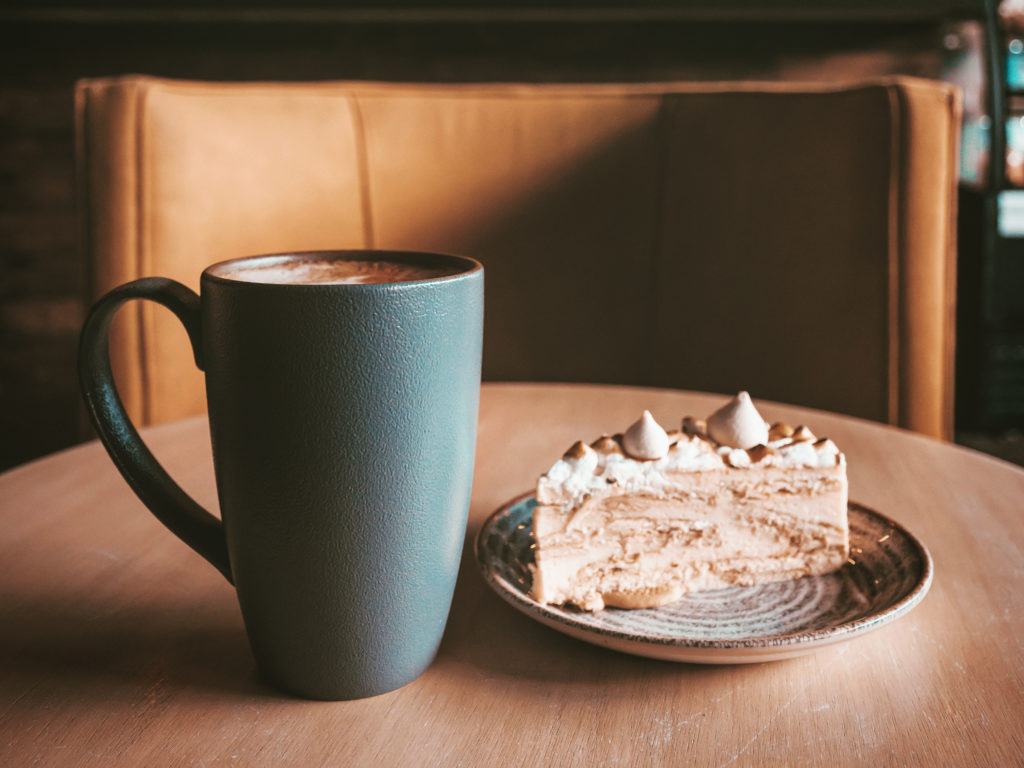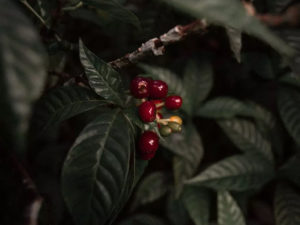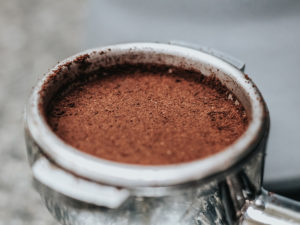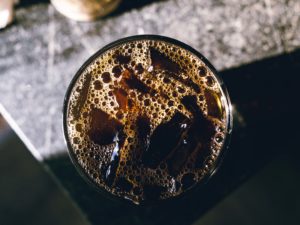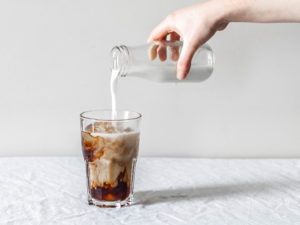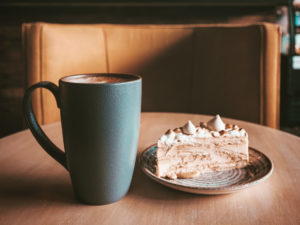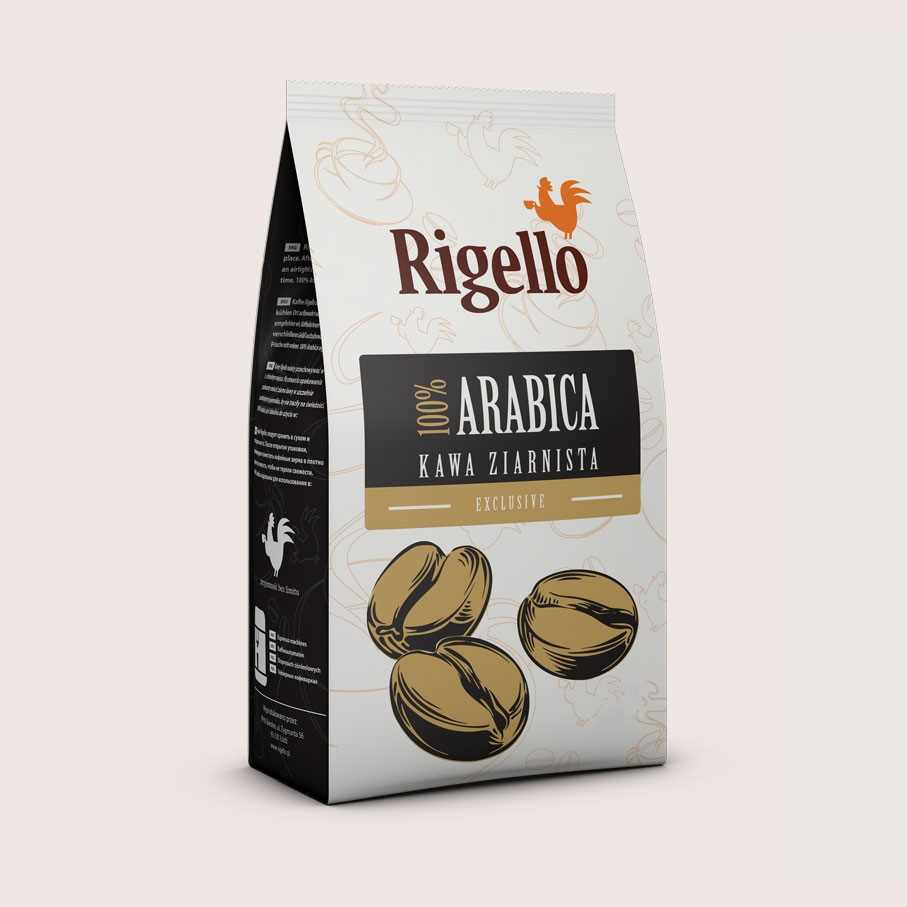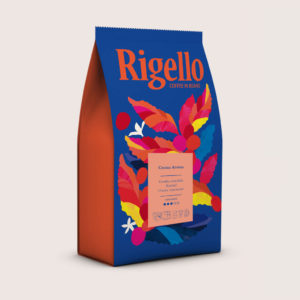Brewing coffee at home can turn out to be a fascinating adventure, but only if you know how to skilfully take care of the whole process. One of the factors that has a large impact on the taste and aroma of the prepared drink is the appropriate thickness of the ground beans. No wonder that it is at this stage that special attention should be paid. See, then, what coffee grinding styles we distinguish and how the thickness of the ground beans can affect the taste of coffee.
Grinding styles – coarse or fine ground coffee?
The main goal of every barista is to strive for controlled extraction, namely to maintain the right pressure and extraction time. Paying attention to these factors, we can freely balance the amount of aromatic compounds contained in coffee, which in turn affects its taste and aroma. An extremely important aspect at this stage is also the degree of grain grinding, which translates into a smaller or larger surface when the grains come into contact with water. To put it simply – finer or coarser grinding makes the water pass through the beans faster or slower, which determines the coffee brewing time and extraction efficiency.
There are 4 basic degrees of coffee grinding in the coffee industry:
- very finely ground coffee with a powdery consistency;
- finely ground coffeewith a powder consistency that is slightly finer than sugar particles;
- medium ground coffee, the consistency of which can be compared to sand;
- coarse ground coffee, in which grains have a size comparable to coarse salt crystals.
Coffee grinding style and brewing method
If you use an espresso machine every day, the matter is simple in your case – you choose a packet of your favorite coffee beans and do not worry about grinding the beans. The built-in coffee grinder is responsible for this process. If, on the other hand, preparing coffee is a real ritual for you, to which you devote a little more time and attention, then you probably know that you can use many alternative methods of brewing coffee, e.g. in a dripper, chemex, aeropress or coffee maker.
Which coffee grind style should be used for which methods? Here are our tips:
- For people using traditional coffee makers, we recommend choosing medium-ground beans. The metal strainer placed in the coffee maker has relatively large holes through which too finely ground coffee can get through, which in turn can disrupt the brewing process. It is good that the ground coffee for the coffee maker is fine enough that after placing it on your hand, the particles are still visible.
- Using aeropress also requires that you put medium-ground beans in it, but with a thickness greater than for a coffee maker.
- Are you a lover of brewing coffee in a dripper or drip coffee maker? In your case, the perfect choice will be slightly coarser ground coffee beans, which should then be placed in a special filter (paper, metal or fabric) and let the water run through it.
- In french press we use even coarser grains than for the dripper with the consistency of thicker sand. With this brewing method, the coffee is in contact with the water for a long time, so it should not be ground too fine.
- In chemex, as in the French press, the coffee beans should have the consistency of fine gravel, which will allow you to obtain aromatic coffee without the bitter aftertaste.
The thickness of coffee beans and its taste and aroma
It is believed that the shorter the coffee brewing time, the finer the coffee beans should be ground. This principle best explains why finely ground beans are the best solution in a coffee maker, medium beans in coffee makers, while in the case of alternative methods they should be slightly coarser. Any attempt to break these patterns may unfortunately lead to deterioration of the quality of the prepared drink.
The way you grind your coffee has a big impact on its taste and aroma. If we decide to grind the beans too fine, we should expect that the obtained infusion will be too strong, astringent and bitter. What’s more, fine grains with a powder consistency prevent the characteristic crema from forming on the coffee.
On the other hand, too coarse beans will make the coffee too weak and watery because too much water leaks out during brewing. Unfortunately, in this situation, we cannot count on a velvet foam either – crema will be formed, but it will only stay on the surface of the coffee for a short time. Therefore, coarse coffee beans are recommended only for those infusions that are brewed for a long time.
How to properly grind coffee?
You have two options to choose from – buy a ready-made package of coffee whose beans have already been ground for your selected brewing style or decide to grind the beans yourself using a coffee grinder – electric or mechanical . As for the first variant, it is definitely more convenient, especially if we do not have experience in grinding grains. The packaging usually includes information on what brewing methods the beans can be used for, which is a great help for the home barista.
Some people, however, prefer to grind their coffee beans only by hand, so we recommend them to buy a coffee grinder, thanks to which they will be able to prepare excellent coffee, in accordance with their chosen brewing style. We have the following types of coffee grinders at our disposal:
- burr and knife – we strongly recommend choosing burr grinders that ensure precise, smooth and even grinding of beans, which has a large impact on the taste of coffee. Importantly, burr grinders do not cut the beans, but only grind them, which allows you to maintain their full flavor profile;
- manual and electric grinders – here the personal preferences of the person who will prepare the coffee are mainly important. Electric grinders do not require the use of force and grind grains faster, while manual grinders are quiet and failure-free, thanks to which they still gain great recognition among classic lovers.
Finally, we would like to remind you that ground coffee is not the same as instant coffee. While ground coffee allows you to prepare a delicious drink with a unique taste and aroma, instant coffee has a lower caffeine content and is usually prepared from lower quality beans, which is why the resulting drink is weaker and tastes worse. Therefore, we recommend investing only in good quality coffee beans or ground coffee for your favorite brewing style.

